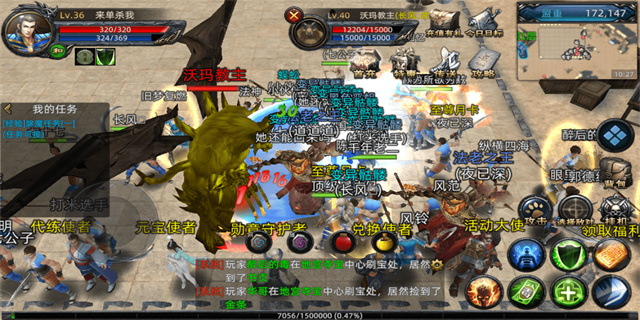Attack Time - A Threat to Cybersecurity
In the fast-paced world of technology, the concept of time is not just limited to clocks and calendars. Online, time plays a crucial role in the field of cybersecurity. Attack Time, a term used to describe the duration it takes for a cyber attack to occur, can have severe consequences for individuals, businesses, and even nations. This article delves into the intricacies of Attack Time and explores its implications on the ever-evolving cyber threat landscape.
The Anatomy of Attack Time
Attack Time refers to the period between the initiation and the completion of a cyber attack. It encompasses various steps involved in the attack, including reconnaissance, exploitation, gaining access, lateral movement, and exfiltration. Each phase may vary in duration depending on the complexity of the attack and the level of security measures in place. Attack Time can range from seconds to months, with some advanced persistent threats (APTs) lying dormant within a system for extended periods.

Attack Time can be influenced by numerous factors. The skill level of the attacker, the security measures adopted by the target, the complexity of the attack, and the availability of resources all play a role. As technology advances, vulnerabilities in systems are identified and exploited at an alarming rate. Attackers are continuously adapting their strategies and techniques to bypass security measures, ultimately reducing the Attack Time.
The Implications of Attack Time
In today's interconnected digital world, Attack Time is a matter of great concern. The longer an attacker has access to a network or system, the greater the damage they can inflict. Attackers can steal sensitive data, launch ransomware attacks, or sabotage critical infrastructure. Moreover, a prolonged Attack Time can make it challenging to detect and respond to the attack in a timely manner, allowing the attacker to further consolidate their presence and evade discovery.

Not only does Attack Time impact individual victims, but it also poses significant risks to businesses and governments. The financial repercussions of a successful cyber attack can be devastating for organizations, leading to financial loss, damage to reputation, and potential legal liabilities. Governments face the risk of intellectual property theft, data breaches compromising national security, and disruptions to critical services such as healthcare and transportation.
Strategies to Mitigate Attack Time
Considering the severe consequences of a prolonged Attack Time, organizations and individuals must take proactive measures to mitigate the risk. The following strategies can be effective in reducing the Attack Time and minimizing the impact of cyber attacks:
1. Implement robust security measures: Employ a multi-layered security approach that includes firewalls, intrusion detection systems, antivirus software, and regular security updates. This can significantly impede an attacker's progress and increase the Attack Time.
2. Enhance incident response capabilities: Develop and test an incident response plan to ensure a swift and effective response to cyber attacks. This includes establishing protocols for detection, containment, eradication, and recovery.
3. Continuous monitoring and threat hunting: Implement tools and processes for real-time monitoring of network traffic, system logs, and user activities. This can help identify and respond to any unusual behavior or indicators of compromise and reduce the Attack Time.
4. Employee education and awareness: Train employees on cybersecurity best practices, such as recognizing phishing emails, using strong passwords, and avoiding suspicious websites. A well-informed workforce can act as a frontline defense against cyber threats and potentially increase the Attack Time.
5. Collaboration and information sharing: Foster partnerships with cybersecurity organizations, industry peers, and government agencies to share threat intelligence and best practices. Collaborative efforts can help identify emerging threats and develop effective countermeasures, thereby prolonging the Attack Time.
In conclusion, Attack Time is a critical factor in the world of cybersecurity. Understanding how Attack Time operates and its implications is crucial for individuals, organizations, and governments in their efforts to defend against cyber threats. By implementing robust security measures, enhancing incident response capabilities, staying vigilant, educating employees, and fostering collaboration, the Attack Time can be extended, providing an opportunity to detect, respond to, and mitigate cyber attacks effectively.



















